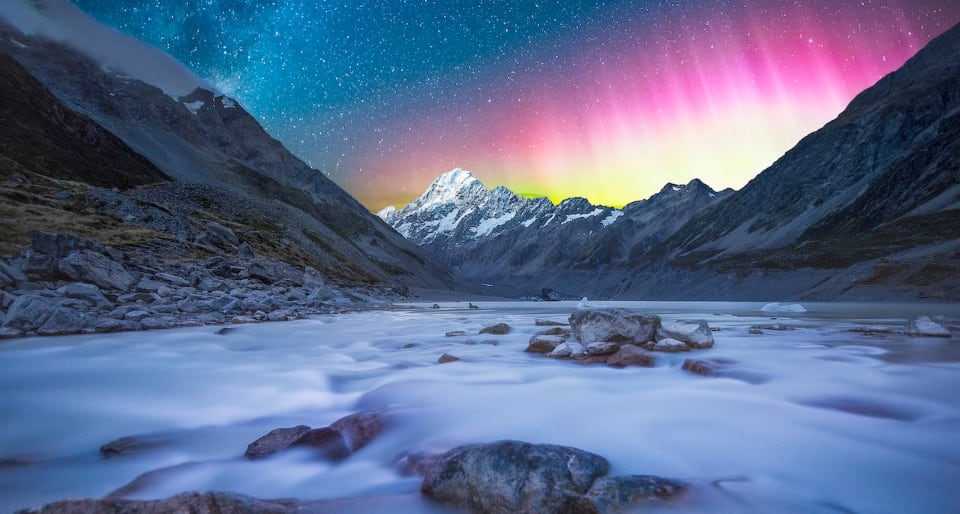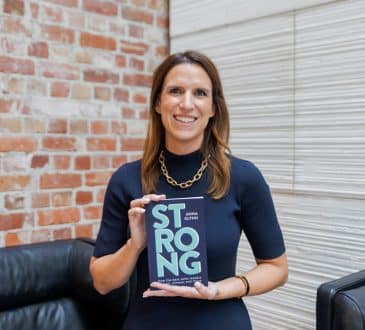Things You Never Knew About Southern Lights

You must have been to a light show. This show involves projecting laser lights to entertain the crowd. This is generally complemented by music or musical performances. But have you ever been to nature’s very own light show?
Nature’s light show is known as an aurora. You are most likely to experience this in high-altitude regions around the Arctic and Antarctic regions. There are two types of aurorae – aurora borealis and aurora australis. Aurora borealis is called the Northern Lights as it is seen in the Northern Hemisphere. Similarly, aurora australis is popularly known as the Southern Lights.
But what exactly causes an aurora? Although aurorae are visible best at night, they exist because of the Sun. Along with the heat and light, the Earth also receives a lot of other things from the Sun. When electrified gas particles from the Sun reacts with our atmosphere, some of these particles emit light. This light forms an aurora.
Read on for some lesser-known facts about this natural phenomenon.
- They can also be seen from space
The aurora australis is bright enough to be seen from another planet. Subject to one condition – the other planet must be on the nightside of the Earth at the time.
The International Space Station passes through aurorae. Nobody on the ISS notices this on most occasions. However, astronauts have to move to the safer parts of the station in case of strong solar storms. They can then take pleasant pictures of the aurora. - Some other planets also have them
Yes, this spectacle is seen on other planets as well. The Voyagers 1 and 2 have managed to get back pictures of aurorae from Jupiter, Neptune, Saturn, and Uranus. Hubble Space Telescope has done the same.
The magnetic fields of Jupiter and Saturn are far stronger in magnitude than that of the Earth. That is why the aurorae on these planets are significantly larger and quite powerful than those seen on the Earth. If only we could somehow colonize Jupiter and Saturn soon.
Also, the magnetic field of Uranus is somewhat vertically oriented. At the same time, the planet rotates on its sides. When the Hubble Space Telescope observed Uranus in 2011, it also saw its aurora. This aurora looked like single bright spots, unlike the bright rings seen on other planets. - Different gases make different colors
As mentioned earlier, electrified gas particles from the Sun reacts with gases in our atmosphere. This leads to a discharge of light, which we see as an aurora. Different gases of the atmospheric air emit different colors.
Air majorly consists of nitrogen. Oxygen is the only other significant element. The light emitted from oxygen atoms is usually green, while the light emitted from nitrogen is orange or red. The percentage of oxygen is higher in the air at the altitudes where aurorae form. This is why aurorae are usually green. - You are less likely to see them
Why are the Southern Lights less known than the Northern Lights? The lights are brightest close to the South Pole. But there is not enough accessible land down south. The Falkland Islands, South Georgia Island (Tasmania), and Stewart Island (New Zealand) are your best bets. It will take a strong solar storm to generate lights bright enough to be seen even from these regions.
So, unless you plan to go to the South Pole, it is less likely you will ever notice the Southern Lights. On the brighter side, this makes the Southern Lights more special to watch than the Northern Lights. - Cameras see it better
Human eyes have limitations when it comes to perceiving colors. So, we can only see the redder lights of an aurora. But unlike human eyes, cameras have features like long exposure. Therefore, cameras can capture far more striking pictures of aurorae than human eyes. Especially in a clear dark sky. - They’re most visible in the Winters
Light exists in polar regions throughout the year. However, the sky is dark for longer durations of the day in the winters. This creates an ideal situation to watch aurora australis. So, the best time to go hunting for the Southern Lights is from March to September. - Ominous signs
The Aboriginal Australians and the Maori used to think of aurorae as fires in the spirit world. If it wasn’t for technology, we’d surely have been thinking on similar lines.
Have you read?
# Largest crude steel-producing countries in the world, 2020.
# Most expensive hotels in the world for high net worth individuals, 2020
# Most traffic-congested cities in the world, 2020
# Cities around the world with the most and least stressed-out employees, 2020
# Countries most and least prepared to deal with an epidemic or pandemic like the Coronavirus
Add CEOWORLD magazine to your Google News feed.
Follow CEOWORLD magazine headlines on: Google News, LinkedIn, Twitter, and Facebook.
This report/news/ranking/statistics has been prepared only for general guidance on matters of interest and does not constitute professional advice. You should not act upon the information contained in this publication without obtaining specific professional advice. No representation or warranty (express or implied) is given as to the accuracy or completeness of the information contained in this publication, and, to the extent permitted by law, CEOWORLD magazine does not accept or assume any liability, responsibility or duty of care for any consequences of you or anyone else acting, or refraining to act, in reliance on the information contained in this publication or for any decision based on it.
Copyright 2024 The CEOWORLD magazine. All rights reserved. This material (and any extract from it) must not be copied, redistributed or placed on any website, without CEOWORLD magazine' prior written consent. For media queries, please contact: info@ceoworld.biz
SUBSCRIBE NEWSLETTER








